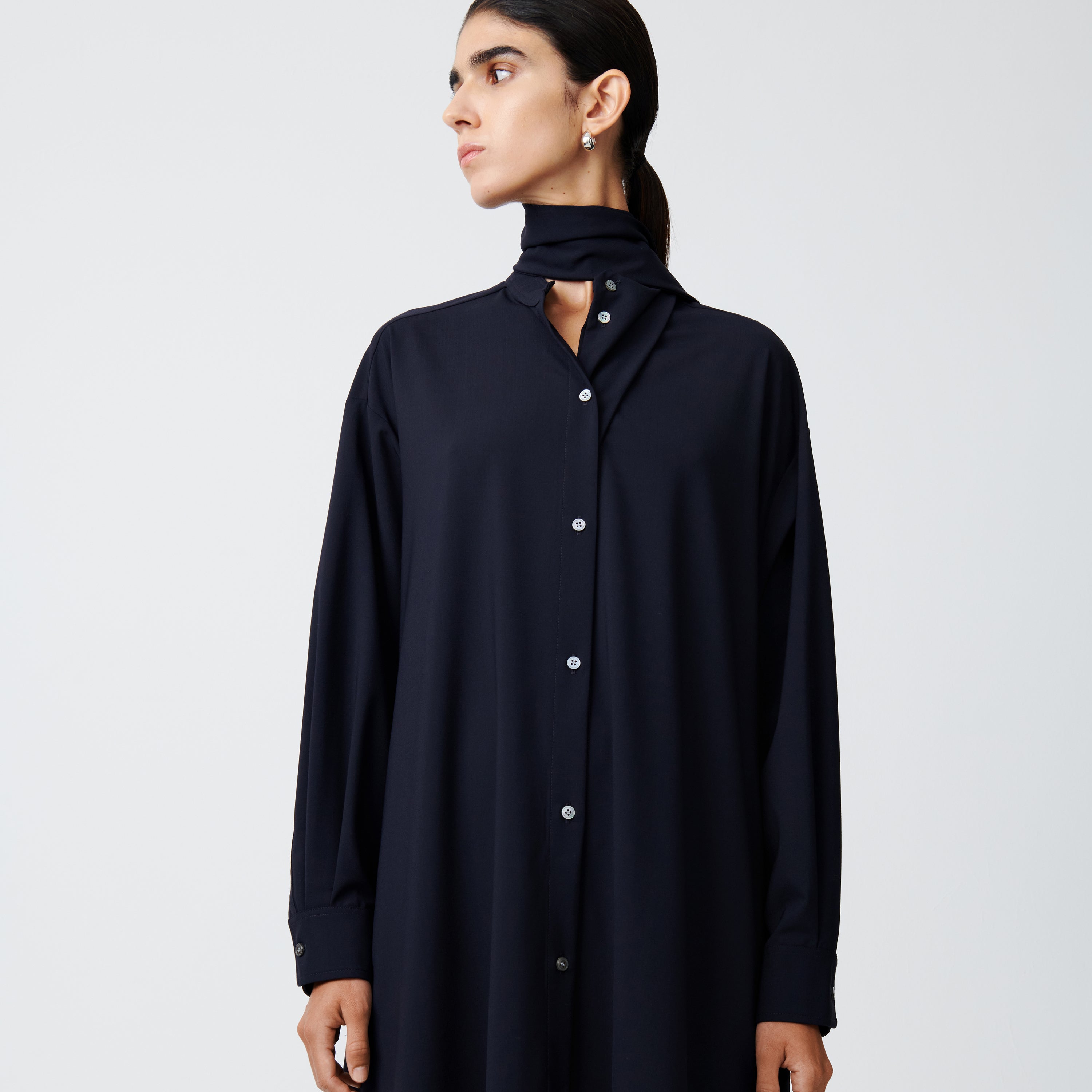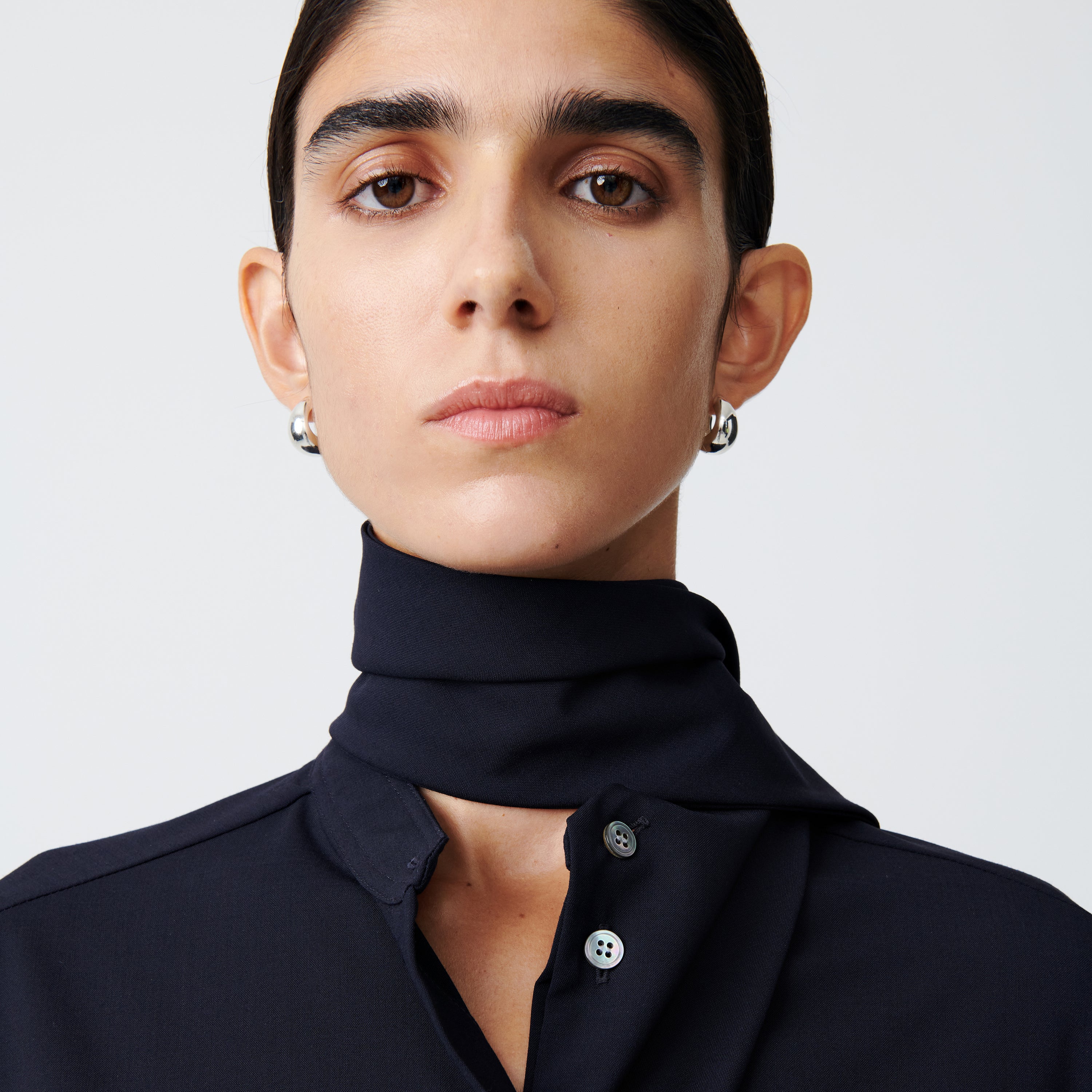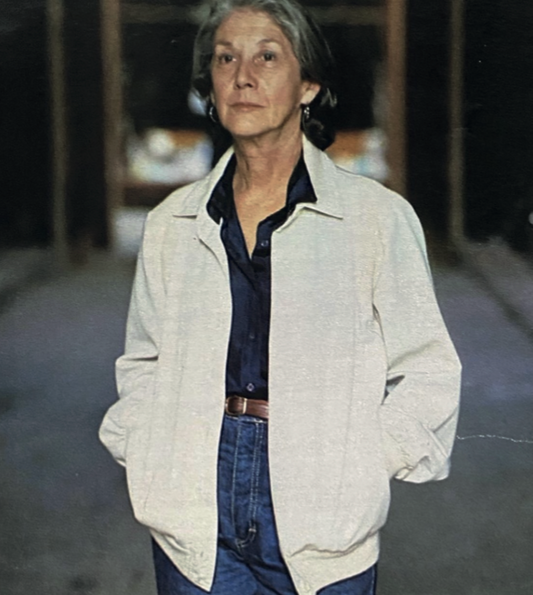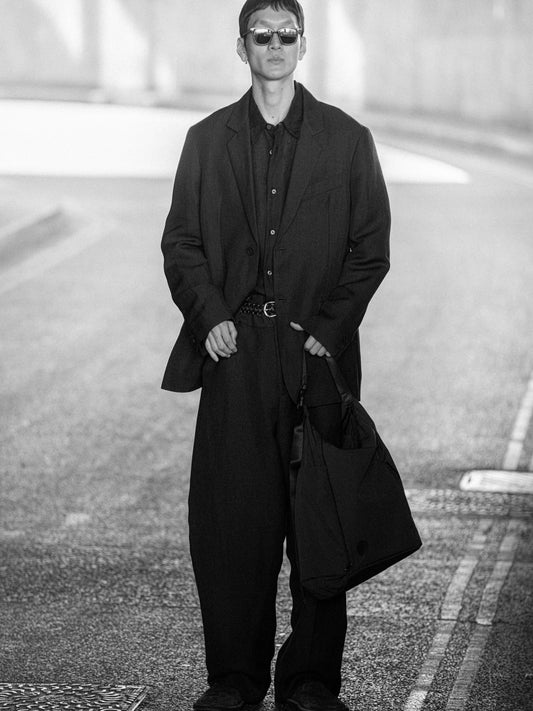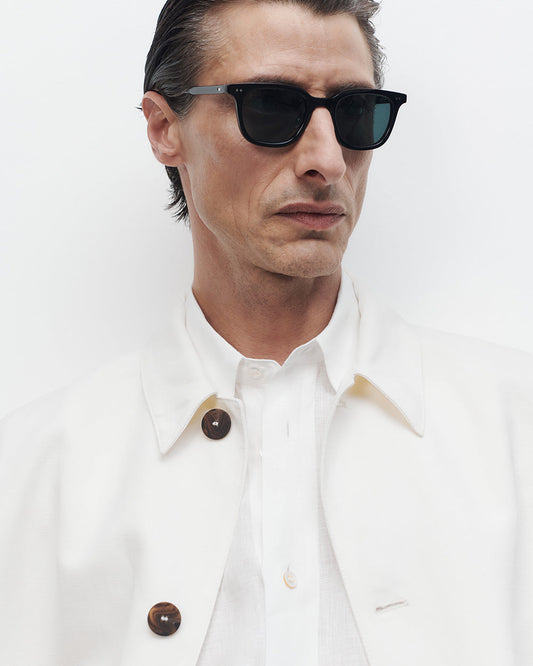In our editorial series, looking at how certain imagery turns creatives on, artist Minjae Kim shares a mood board that offers insight into the things he likes to look at and how they inform his practise.
Based in New York, Kim was born in Seoul and has a background in architecture and furniture design. His work has featured in publications, including Apartamento, Architectural Digest and Milk, as well as in galleries, such as Nina Johnson, Marta, LA, Fels in East London and TIWA Select.
Central to Kim’s work are playfulness, functionality and tactility. His predictive bodily impressions are carved into wood whilst his quilted fibreglass vessels encourage touch and celebrate materiality. He studied on the architecture program at Columbia’s University GSAPP, working with Studio Giancarlo Valle before setting up his own studio in 2021.
1. I have a book covering years of collaborations between French architect Le Corbusier and sculptor Joseph Savina where Corbusier would make sketches, Savina would carve, then Corbusier would paint them to finish. Corbusier consistently talks about plasticity in architecture and sculpture. I looked at this book pretty much every day when I was making sculptural chairs. It's always intriguing to me how you are able to create more volume by removing material, and the work they created together served as a great guide.
2. I'm a big fan of tactile and tangible objects where the process of its own making is embedded into the work. I consider the automotive or electrical industry as an example of the opposite spectrum. You hold an i-phone and you couldn't possible fathom how it works. They are too 'complete' for you to have a relationship with. I love this image because it bridges that gap and pinpoints the sweet spot between the industrial and the hand made. All of a sudden you feel like you could build this yourself if you had to and that's very exciting.
3. This is an image taken by Korean photographer Han Young-Soo in Seoul in the 1950s. It’s an era when what's left of the traditional culture was clashing head on with Western influences. To me, this image is so alien yet piercingly familiar. I'm a nostalgic person. I often dream to be in this world, or at least try to find myself in a world like this.
4. I believe this is an image of storage huts used by fisherman in Hastings, England. I first thought this was a movie set but I was thrilled to find out that it's a real piece of architecture. It tickles one's imagination yet there is a logic and reality that backs up its existence.
5. Helmut Palla created a series of works titled 'Chairnobyl' between the 1990s and 2000s. I love that chairs can be evocative and symbolic enough to tell a story and that chairs can have that main-character energy.
6. This is a historic photograph of a Korean sailor taken in the early 1900s. It went viral online a few years ago mostly because he looks so cool. As a Korean, I often think of the identity and legacy lost during the violent and abrupt Westernisation that took place in the 20th century. I think many Korean creatives try to imagine a Korean world where modernity found its place without outside interruption.
7. This is a portrait of Korean painter Lee Jung-Seob from his first solo show in Seoul, 1955. It's interesting how your understanding of a figure from history can soften or become relatable as you get older. You gain perspective and it allows you to see so much more. You think he's some guy from text books who painted a lot of bulls, then all of a sudden you see a 30-something year old man sharing his work with the public and the whole spectrum of emotion that took him there.
8. This is a still of Lydia's room from Tim Burton's 1988 film Beetlejuice. I find the set design of his movies from this era so inspiring. They tell so much story! And so much attention has gone into the execution that I could watch the entire movie without looking at the actors.
9. I remember buying a copy of Martino Gamper's '100 Chairs in 100 Days' in Seoul after I had just finished my military service. In a cheesy way, I had paid my dues and I was now allowed to go back to the world I loved - I was about to go to grad school in New York - and finding this book in Seoul was not surprising because the work is so iconic, and Seoul is not as behind as it used to be, but still it felt symbolic to me. And to this day I find myself lost in his body of work whenever I open this book.
10. Rene Magritte is a huge influence. When I'm stuck and looking for a shape or a solution, I most often go to his books first. In his work objects are often depicted in their most ideal and expressive state that I find so much clarity in them. Also I appreciate how he unabashedly worked with recurring motifs and themes over and over. Also he's so funny for taking this photo.
11. My heart beat so fast when I first saw the image of this gigantic floor lamp by Wendell Castle. With it's cute chubby proportions it has no business being this big! But I found it so exciting. So surreal. Coming out of architecture school I had a quite rigid approach to the idea of scale and this image absolutely shattered that for me in the best way possible.
12. A couple years ago I saw Dimitri Papaioannou's 'Transverse Orientation' in Brooklyn. This was probably one of the most beautiful things I have ever seen. I have a huge appreciation for his use of body, object, and architecture in creating emotion and drama. His logic and narrative is so elemental that they stick to everything like gravity - and the props are so clever and simple they just disappear in plain sight. His work embodies everything about theatre that I would like to emulate in my own work.

